When Anthony Caro died last month, the obituaries bore testament not just to his greatness, but also to the burden imposed upon subsequent generations of sculptors. Caro essentially reinvented the monumental for the modern world. For many sculptors emerging from the art schools in the 1970s and 1980s, Caro’s work was a megalith from whose shadow they would never emerge. There was only one option and that was to fight against it, to produce work that was mobile, flighty, conceptual – sculptures that refused to recognise the ‘object’, let alone the monument.
Graduating from Saint Martin’s School of Art in the early 1970s, Bill Woodrow was one such artist. The Royal Academy’s retrospective charting 50 years of his career explores how he has wrestled with questions of material and meaning, by turns embracing or pushing against established forms. This is a hallmark of ‘New British Sculpture’ and artists including Anish Kapoor and Richard Deacon, who crept like ants from Caro’s megalith to form their own colonies of expression. The question is, can Woodrow really be said to have created something new, or is he still engaged in the struggle?
The exhibition aims to demonstrate the flow of Woodrow’s oeuvre, the way the series inform one another, supposedly creating some coherent whole. At its simplest level, this force of connectivity can be seen in the iconic series of the late 1970s and early 1980s: the visionary Cut-Outs, the meticulous Breakdown sculptures and the simple Fossils, working together in clear, pleasing groups.
However, that desire to connect, to weld the world together, is also present at the level of the individual artwork. While the sculptures might seem to be about dispersion – a calcified hoover hunched over the sum of its parts, or bicycle frames that sprawl, disjointed, across a wall – the underlying aesthetic is one of coherence and narrative. There are stories encased in objects as banal as a tumble dryer or teapot, waiting to be extracted with Woodrow’s aviation shears.
This interpretation of sculptural ‘welding’ was about being consciously overwrought rather than transcendently integral. The exhibition may begin with Woodrow’s favoured motif of the simple stick, but the tendency towards hyper-connectivity soon leads to an uneasy multiplication of components. In Red Monkey (1985), strips of metal slither from filing cabinets like an over-wound tape player, bowling ball bombs are topped with white metal plates complete with forks, and a glossy red monkey inspects the artwork with excusable confusion. A gun hangs from one corner, an unwieldy lump of symbolism shooting down the delicate dynamic.
From the moment they move beyond the sobering restrictions of found-objects, Woodrow’s works are weighed down by materials such as gold, wax, pollen: weighty forms and molten stickiness. His radically ‘regressive’ return to bronze in the late 1980s demonstrates a desire for significance which becomes the albatross around the artist’s neck – or rather, the anaconda, a motif draped over the recent, suffocatingly symbolic works. This predicament is well described by Alastair Sooke in the Telegraph, who criticises Woodrow’s works as being ‘mired in boggy metaphors’. However, at times Woodrow seems to be engaging with this very problem. Surely the puppet-like figure of Beekeeper and Four Hives (1997), doused in wax and desperately balancing himself against the complexity of his role, is only too aware of this struggle?
For T S Eliot, a poet was someone who could connect the noise of a typewriter with the smell of cooking. Woodrow is poet as much as he is a sculptor, and this is part of the problem. At its worst, this exhibition attempts to lasso significance with pompous approximations of profundity. At its best it is an airy impression of universal connectivity, held together by silken skeins of imagination.
‘Bill Woodrow RA’ is at Burlington Gardens, Royal Academy of Arts, until 16 February 2014.
‘Found at the RA’, an evening based around the exhibition and curated by students from the University of the Arts London, will take place on Friday 22 November.
Unlimited access from just $16 every 3 months
Subscribe to get unlimited and exclusive access to the top art stories, interviews and exhibition reviews.

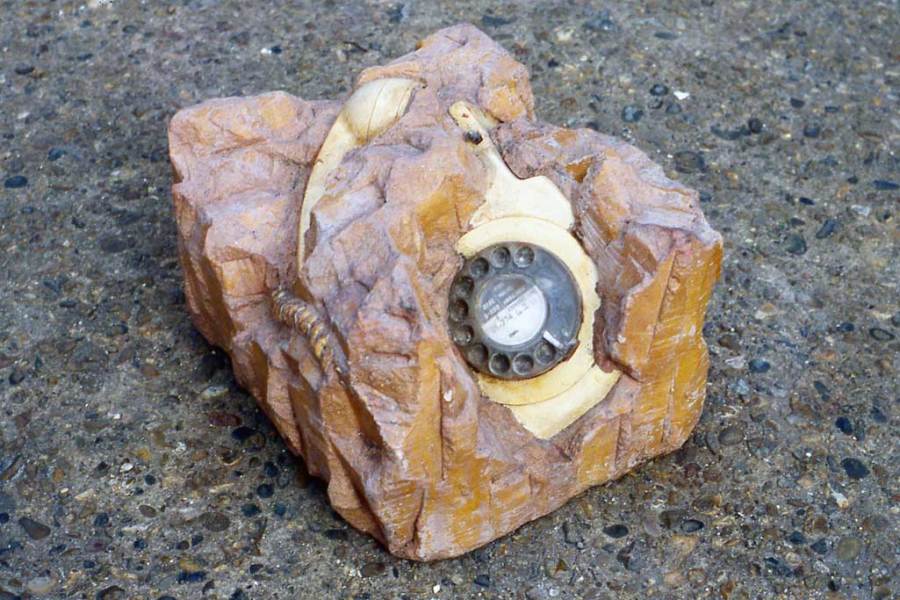
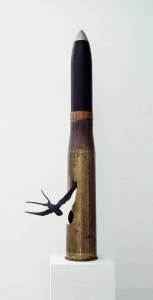
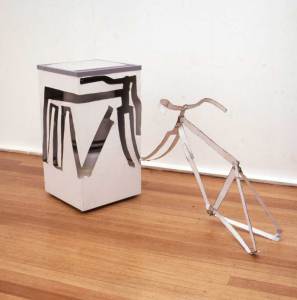
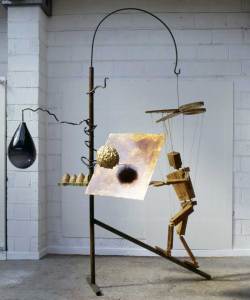
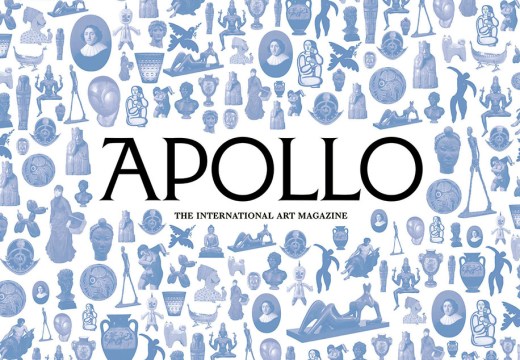
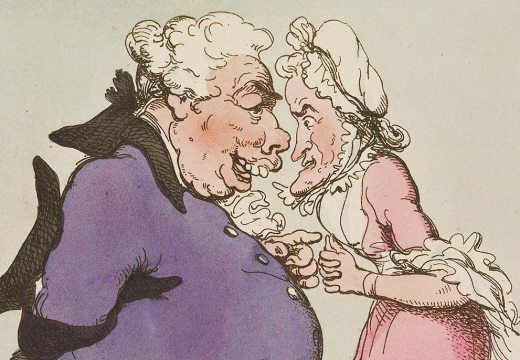
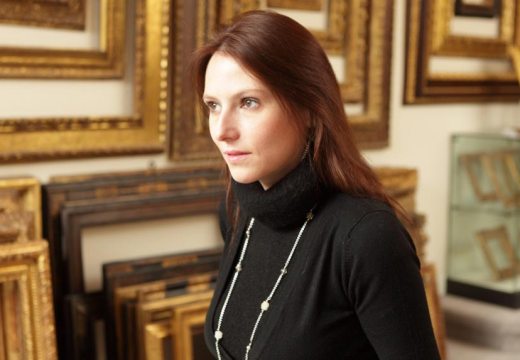









![Masterpiece [Re]discovery 2022. Photo: Ben Fisher Photography, courtesy of Masterpiece London](http://www.apollo-magazine.com/wp-content/uploads/2022/07/MPL2022_4263.jpg)
It’s time for the government of London to return to its rightful home